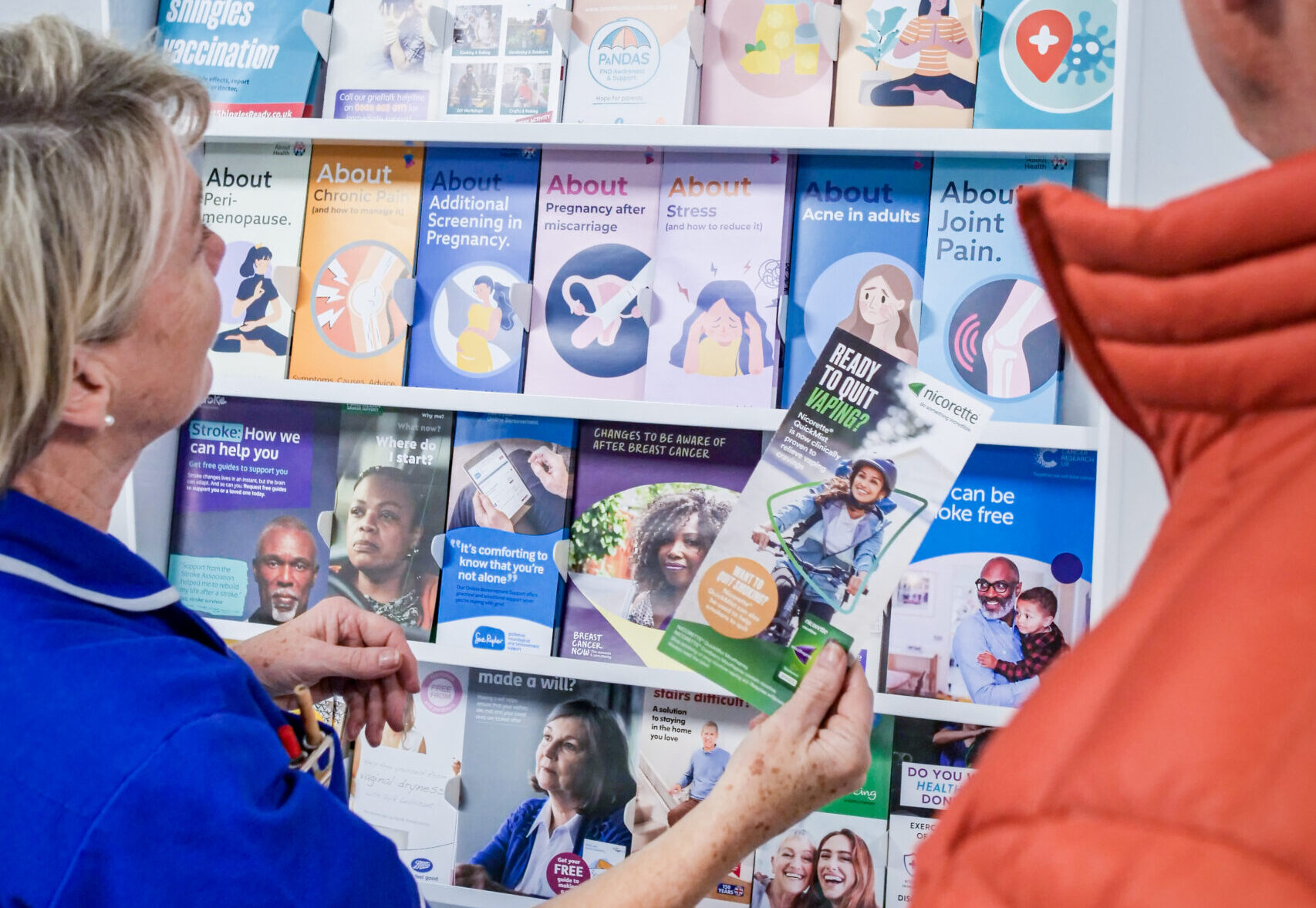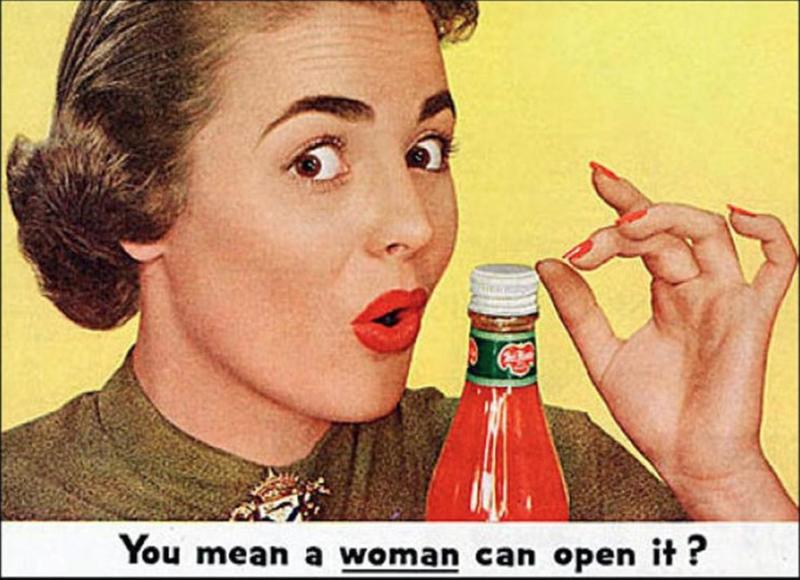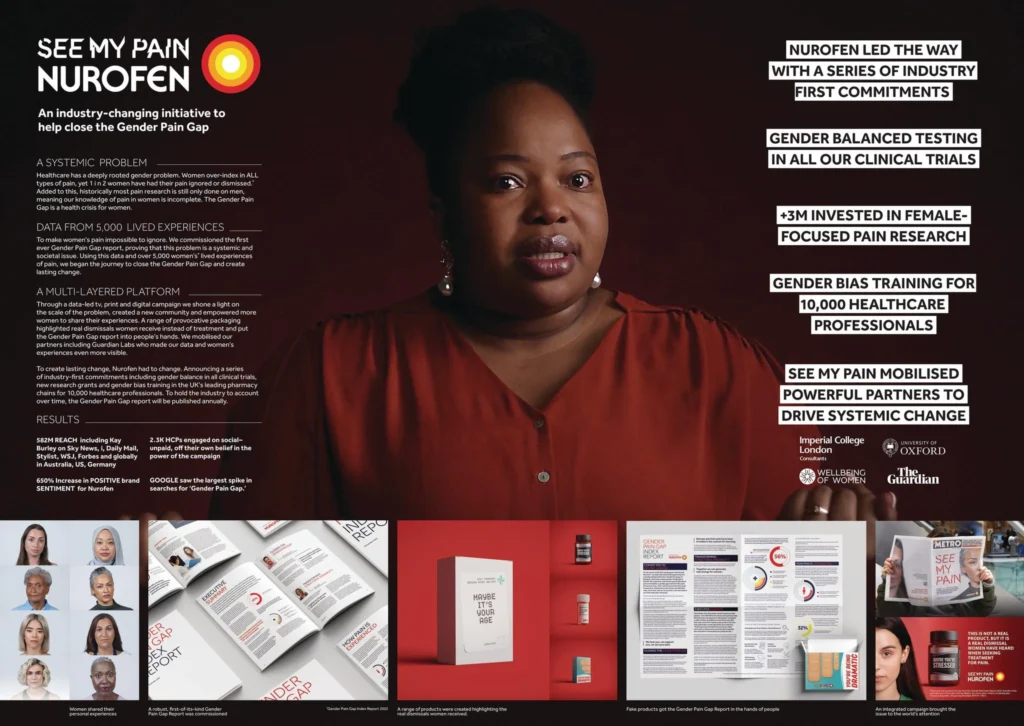
Benefits of Including Leaflets in Your Marketing Strategy
Leaflets. As outdated as an iPod nano or as timeless as a gin and tonic?
We face this question (ok not worded quite like the above) on a weekly basis – and we always have the same answer.
When it comes to patient and healthcare comms, leaflets are TIMELESS.
The printing press was developed in the 1430s and quickly became the preferred way to spread information to vast audiences cheaply. If you had a political, social or religious point to make, flyer printing was a no-brainer. No surprise that it was quickly adopted by politicians to reach the wider public.
During the British Civil War, there was a print explosion as both sides used printed leaflets to rally the troops and undermine their enemies. The movement to abolish the slave trade and the women’s rights movement all made heavy use of leaflets and flyers to rally support too.
When it comes to selling goods and services we have the baby boomer generation to thank. The 50’s saw an evolution in advertising leaflets printing with slick, modern designs promoting all goods from ketchup (‘You mean a woman can open it!”) and fridges to holidays and cars, all of which the post-war baby boomers had the disposable cash to buy.

Leaflets have clearly stood the test of time. But can they withstand the digital revolution?
In this article, our Managing Director, Dean Gahagan, explores why leaflets remain a crucial element for many marketing strategies and provides some tips on the best way to use this BMW of the marketing world.
The Power of Integrated Out-of-Home Advertising
In an era dominated by digital technology and virtual interactions, the concept of traditional leaflet marketing might seem obsolete, but the convergence of digital and physical worlds has given rise to marketing campaigns that leverage the unique strengths of each platform.
A study by Statista found that marketing campaigns using both print and one or more digital channels often experience a response rate increase of 118% when compared to using one or the other.
Not only is total OOH ad spend projected to cross $40bn for the first time ever in 2024 due, in part, to this growing demand for hybrid experiences across multiple advertising channels and touchpoints but those brands adopting digital and traditional formats are reaping the rewards.
Nurofen’s latest integrated campaign shone a light on the ‘Gender Pain Gap’, through a data-led tv, OOH print and digital approach. Nurofen also launched a series of industry-first commitments including pioneering gender balance in clinical trials, new research grants and gender bias training in leading pharmacy chains in the UK for 10,000 healthcare professionals.
In addition to a whopping reach of 582 million, over 2.3K healthcare professionals engaged based on their own belief in the power of the campaign and there was a 650% Increase in positive brand sentiment for Nurofen. Google also saw the largest spike in searches for ‘Gender Pain Gap’ over the campaign period.

What are the Benefits of Including Leaflets in Your Strategy?
Leaflet advertising offers tangible and tactile experiences digital mediums cannot replicate and, when it comes to healthcare marketing, leaflets are crucial for cost-effective and educational engagement with the community.
If you’re in a hurry, here are some key stats on leaflet effectiveness, but if you’ve got time I go into everything in more detail below.
- A Nielsen report found that printed leaflets, catalogues and flyers have the highest impact on people’s buying decisions with 62% of us rating them as the top effective advertising channel.
- Advertising in print drives higher levels of brand recall (77%) than digital adverts (46%)
- 84% of us prefer print as a form of communication as we retain information better than digital formats.
Accessibility and diverse audiences
Despite the digital revolution, not everyone has equal access to digital devices or the internet. Age UK recently ran a report looking at digital exclusion and its impact on the older generation.
According to the report, 4.7 million older people don’t have the basic skills needed to use the internet successfully and 2.3 million people aged 65+ don’t use the internet at all.
I’d really recommend any companies or services targeting the elderly to read this report. It covers everything from financial support to council services and health information – all of which are increasingly going online as default. It’s no wonder older people are feeling frustrated and disempowered.
It’s not just the elderly being disadvantaged by digital-first marketing campaigns though. 42% of those on low incomes without access to the internet at home are of working age which clearly shows why welfare initiatives or health campaigns targeting this demographic must be accessible offline too.
Leaflet marketing can bridge this gap and reach audiences who can’t be reached through digital channels so they aren’t missing out on government initiatives, local service information, discounts and, not forgetting, crucial health information.
Tangibility
A clear USP for leaflets over other advertising formats such as billboards or digital is their tactile nature.
The simple act of merely being able to hold a leaflet in your hand and turn pages, even the weight of it and the feel of the pages, makes them more memorable than their digital counterparts.
This is because print ads require 21% less cognitive effort to process, which makes them much more likely to be remembered.
Touch also creates a more emotional response in readers. This resonates with potential customers, allowing them to easily recall your brand at a later stage in the buyer’s journey.
Interestingly tangibility enhances the perceived credibility and trustworthiness of the information being conveyed because we’re so used to seeing digital content as spam. In fact, a recent MECLABS Institute survey found that 82% of people trust print ads when making a purchase decision more than any other medium.
Another characteristic I often point out to clients is the physical nature of leaflets enables them to be easily shared or passed along to others, extending their reach and amplifying the message within communities.
Targeted Reach
The self-selection aspect of leaflets (particularly when in wall-mounted racks rather than distributed on the street) means consumers actively choose to engage with your information rather than being passively served it.
This means that, unlike larger formats, leaflet advertising can often be better for ad wastage too as it’s being consumed by those who actually want or need it.
So, not only can you choose where and when your leaflets are distributed to target the right audience (over 65’s having a check-up at their local GP surgery, cancer patients in oncology departments or parents picking up an OTC for their child at a pharmacy) but you can also achieve a great targeted reach too.
The above has been proven to lead to higher conversion rates and a better return on investment (ROI).
Designing Leaflets for Optimal Impact
When it comes to designing leaflets, over the years we’ve seen it all at IDS. However here are some key elements to guide you on creating an attention-grabbing leaflet.
Consider your environment
As marketeers we all know the importance of understanding our audience but what about understanding the environment it’s in?
- In GP surgeries the needs of patients are varied but one thing is for sure, the audiences are there due to a health or wellness need. No one (hopefully!) goes to a GP for a fun day out. Identify that need and focus your leaflet on addressing it rather than speaking about the brand too much.
- Hospitals allow you to be in departments where you know the audience is likely to have very specific issues but they might also be in crisis mode or having an acute attack – so complex information might not be suitable here. Think about providing reassurance and information that impacts their immediate future. Examples might be cancer support lines (oncology) or newborn feeding advice (maternity units).

Keep things simple
In the UK, 7.1 million adults read at, or below, the level of an average 9 year old. More than 4 in 10 adults struggle to understand health content written for the public, and 60% of adults struggle with health information that includes numbers and statistics.
With this in mind, keep your language simple to cost-effectively cater to the most amount of people. Easy-read leaflets might be a great option here as although they tend to be used for those with learning disabilities, lots of others will find them easier such as those who find it hard to read or understand English.
The above approach might seem time-consuming at first, but it could prevent you from having to print in multiple languages which although desirable, can be costly.
Think about imagery
Avoid cliché images of old people looking sad or people jumping for joy – it’s patronising and off-putting.
Think about who your audience really is too. A recent report by CreativeX, the fourth Gender In Advertising Report, shed light on the stark underrepresentation of women of colour and older women in advertisements throughout 2023.
There are some good (free!) resources for images too…
Unsplash – provides high-resolution photographs for free. A good resource for more artistic imagery that tends not to be cheesy or cliche.
Age Without Limits – a free library showing positive and realistic images of over 50s to help challenge stereotypes of older people. The library, which contains over 3,000 images and is regularly updated, is available for anyone to use for free.
The Gender Spectrum Collection – another free bank created by Vice to help media outlets better show transgender and non-binary people in ways that go beyond clichés.
Children’s Health and Food Image Bank – an image bank developed by FrameWorks UK and Impact on Urban Health to help show the variety of factors that shape children’s health.
World Obesity Federation: – image bank aiming to combat weight bias in the media
Integrating Leaflets in Your Campaigns
When done right, a marketing mix of print (including leaflets) and digital will lead to an effective multi-channel campaign, but how should you go about it?
Repeat, repeat, repeat
Ensure a consistent message across all channels as this reinforces brand identity and strengthens brand recognition.
Be adaptable
Be aware of the nuances of certain environments and tweak the message if needed. For instance, if your leaflets are in a maternity unit but you’ve also got 6 sheets in children’s play centres – those different audiences might require a slightly different message.
Expand on key messages featured on larger formats
Leaflets are phenomenal for storytelling, so if a nearby poster is calling out a key USP of your product or service, use the leaflet to explain more about it.
Encourage people to visit you online
Similarly, use the leaflet and other printed formats to talk about digital activations and drive people online if they can, or vice versa. The more touchpoints and moments they have with you, the better it is for brand recall.
"The fact is, there are multiple touchpoints to reach audiences, so brands need to be open to embracing different media channels. For me it’s not about either or when it comes to media selection, it’s about integration — and physical channels such as mail can add a powerful dimension to the marketing mix."
Sonia Danner — Senior Marketer at Marketreach
Measuring Success: ROI in Leaflet Advertising
Unlike digital advertising, where you can use metrics such as website traffic, click-through rates (CTR), cost per click (CPC), cost per acquisition (CPA) etc. establishing KPIs and tracking the success of leaflet campaigns involves a few different techniques.
Implementing tracking mechanisms like unique URLs, QR codes, or promotional codes on the leaflets to monitor these KPIs accurately is a good idea – although please note the above issues when it comes to digital exclusion.
Some of our clients selling physical products in brick-and-mortar retail spaces use Circana (formally IRI) research. to track uplifts and changes in shopping behaviour.
Other available options are surveying patients and healthcare professionals to look at brand sentiment and awareness – this can be done in person or virtually and also work wonders for any award or fund applications.
Are There Specific Industries That Benefit More From Leaflet Advertising?
Ultimately no, but there are specific campaigns that will benefit more from leaflet advertising such as those that need to convey complex information. Leaflets allow for comprehensive storytelling capable of educating your target audience on multiple facets of your product or service – this is something billboards just cannot do.
I could talk all day about my slightly strange love for leaflets. The one thing I would say is don’t get distracted by the shiny technology. Sometimes digital only will work perfectly for you, but when it comes to communications in healthcare – leaflets are still a huge powerhouse for health, wellness and welfare messaging.
If you’d like to speak to me more about our leaflet service, please contact us or call 01489 860 000 and either myself or one of the team will be in touch.